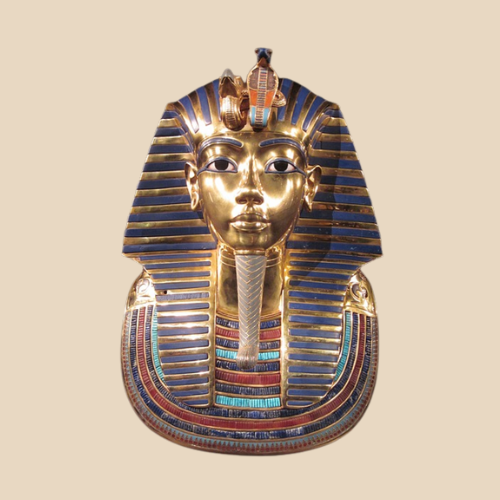King TUT

Ancient Egyptian king TUT
King Tutankhamun—or King Tut as he’s extra typically recognized today—become exceptionally unknown to the arena till 1922, when his tomb become located with the aid of using Howard Carter. His tomb contained lots of artifacts, a sarcophagus containing his mummy, and a now well-known headdress. It took Carter and his crew nearly ten years to catalog the contents of the tomb. Since the tomb’s discovery, King Tut has turned out to be the arena’s maximum famous Egyptian pharaoh, captivating generations of scientists and students. Tutankhamun become born around 1341 B.C.E. His call means “dwelling photo of Aten.” Aten become the call of the solar deity Tutankhamun’s father and predecessor to power, Akhenaten, who ordered his humans to worship. Before this decree, historic Egypt was a polytheistic society, which means that it worshipped many gods rather than one. Akhenaten additionally moved the capital and non-secular middle of Egypt from Thebes to Amarna
When Akhenaten died, Tutankhamun took his place. He turned into simply 9 years old. Aided with the aid of using advisers, King Tut reversed a lot of his father’s decisions. Under his rule, Egypt back to polytheism. This “boy king” dominated for much less than a decade; he died at age nineteen. For many years, humans had been at a loss for words with the aid of using King Tut’s demise. Many suspected foul play. Others speculated his demise turned into an accident. However, nearly a century after his tomb turned into located inside the Valley of the Kings, scientists used virtual imaging and DNA trying out to indicate King Tut maximum probably died from malaria or an infection. The modern generation has additionally shed mild on different mysteries surrounding Tutankhamun. For years, humans speculated King Tut’s tomb may have hidden chambers retaining the stays of the Nefertiti, a well-known Egyptian queen, and spouse of Akhenaten. This principle turned into dispelled when radar trying out found no hidden chambers in King Tut’s tomb.
Compared to many different burial tombs, King Tut’s very last resting region is small and unassuming. Yet, it remained untouched for heaps of years. The almost 5 thousand artifacts and well-preserved mummies discovered inside the tomb have delivered new insights into lifestyles in historical Egypt and the governance of the boy who has become king.

